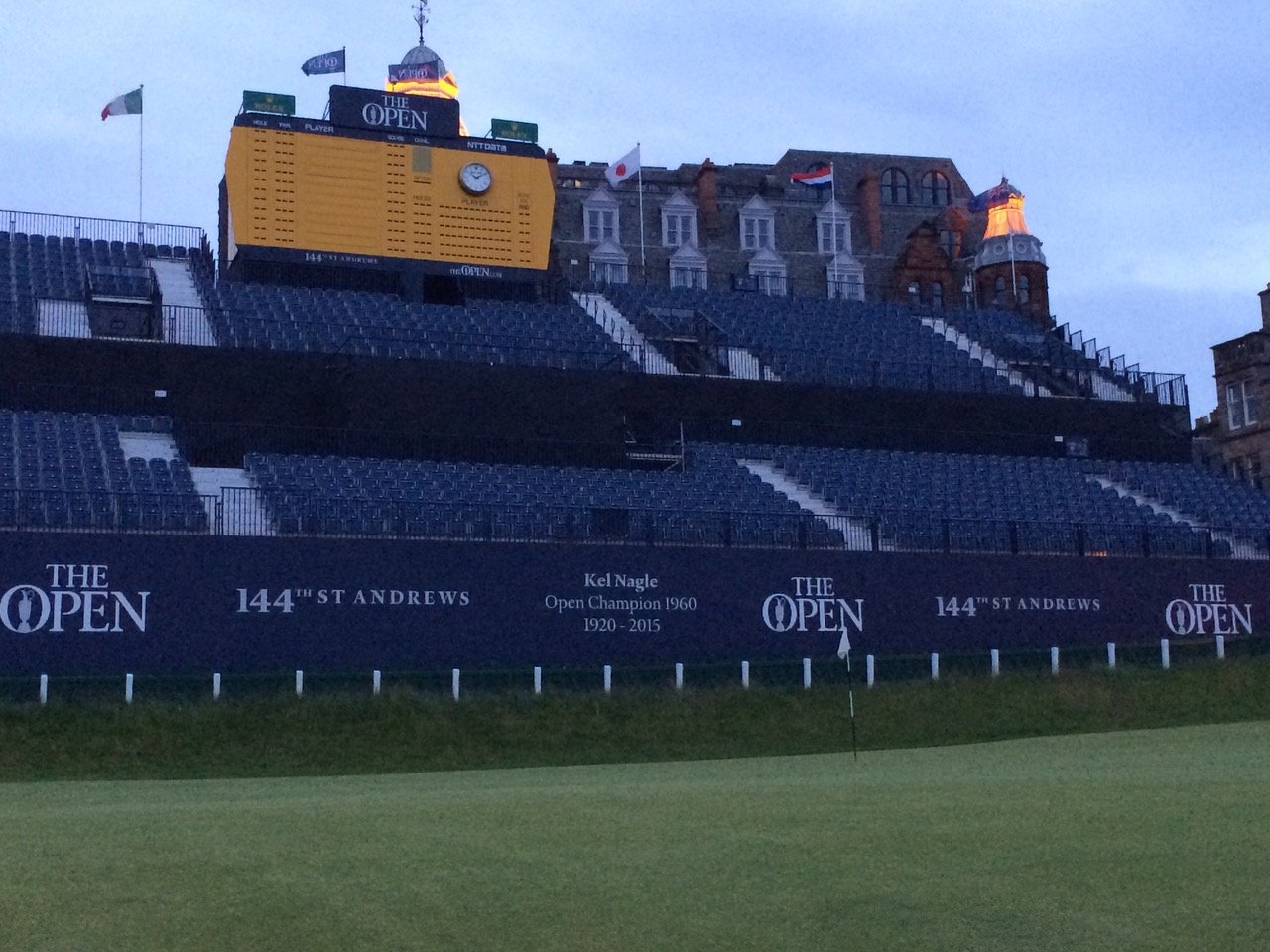THE LONG VIEW ON OVERDUE
With much time taken to digest the details of this week’s universal golf ball rollback announcement by the R&A and USGA, my thoughts and perspective—in no particular order—are as follows:
Photo Credit: Bradley Hughes Golf
1 | The players with the greatest ability to overcome the rollback are the ones making the most ruckus. 12-15 yards for the longest male players and 5-7 yards for elite females with their drivers. For most recreational players, the reduction will be in the neighborhood of five yards, if that. Tour players and their teams have access to diagnostics and training that few have. It’s natural to resist change, but many of these players have supernatural talents. Put them on display—you’re still going to be awesome.
2 | This is not the first time the governing bodies have said “that’s enough” regarding golf ball distance. The small ball (1.62 inches in diameter as opposed to 1.68) that was such an advantage—not only in the wind, but up to 20 yards longer for the recreational player—was removed from championship golf’s conforming list nearly 50 years ago. Contrary to the noisy flame throwers this week, we know the game’s epitaph was not written.
3 | The unfortunate leak of the across-the-board rollback led to an unnecessary and damaging alarmist reaction. Imagine being youngsters with a family on a tight budget thinking they have to ditch all of their golf balls next year, with no idea how they would afford ones that conform. Same for senior players, many in their 80s. True stories; they reached out personally. When presented with the 2030 effective date for nearly everyone who plays the game and the minimal impact in yardage, no more panic. In fact, they said, “we’ll just work harder and get stronger.” Now that’s the attitude!
4 | Four and six years for the rollback to take effect? Despite my personal experience with the previous point, it seems too long to keep a divisive topic hanging around. I wish it was two years for everyone, but I get it from the standpoint of collaboration with those who have interests and investment in the game. It takes time, equipment and money to refocus R&D, source materials, ramp up assembly lines, marketing, packaging and distribution. I would just prefer a quicker, cleaner change with less drivel about discouraging participation.
5 | How many people opposed to a ball rollback know how far they actually hit a golf ball?
6 | How many of those in opposition can find the club face with enough speed on a consistent basis to make this rollback matter?
7 | Historic venues add perspective and context to competition. Who did what, when and where?—questions we always ask. The last time I covered an Open Championship (2015), the Old Course at St. Andrews was contested over portions of five adjoining courses/properties. That number is not going to get smaller when the best players have gained about 20 yards over the last 20 years. Merion, host of five U.S Opens, simply cannot be lengthened enough to bring back the intended shot values of the design. Even Oak Hill East, a true beast as the site of this year’s PGA Championship, is maxed out. A small sample but a huge issue for many traditional championship sites; they’ve become outdated and irrelevant tests. Silver lining: these same historic courses are spectacular fits for elite female competitions.
8 | More land means more money, more maintenance. Part of this universal rollback is necessary sustainability. Not many places can financially support the expansion projects like those at Oakland Hills and others—tens of millions of dollars up front, plus the forever part… maintenance. If we’re going to spend money, let’s invest in the future, inclusion and those who introduced many of us to golf by building well-positioned forward tees for our youngsters, women and seniors.
9 | If we all want to move the game forward, why do we insist on walking backward to more tees?
10 | We missed the opportunity in the late 1990s/early 2000s—when it was becoming apparent that the golf ball was combining distance, feel and control like never before—to address these issues. That “Titleist 0” I blind tested in Massachusetts left me gobsmacked. I had to have it then and have more of it. Now is the time to draw a line in the turf. This rollback is an attempt at just that. Will it have to be addressed again sometime in the future? Likely. But does it give us a way to best manage the game as a whole for the next 50 years? Even more likely.
11 | None of these decisions were made in haste. Data will continue to be studied, technology will continue to evolve. We’re all going to be just fine after we have our moments to bluster and golf will continue on a positive trajectory, quite possibly with a greater appreciation for architectural features and a few less “driver, wedge” calls for the best players in the game.
And with that, next outrage du jour, please.


